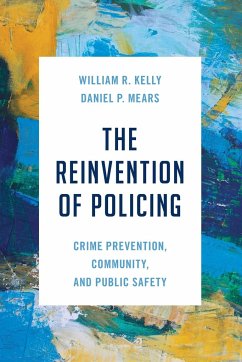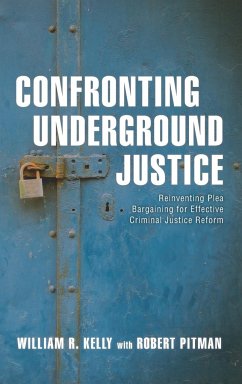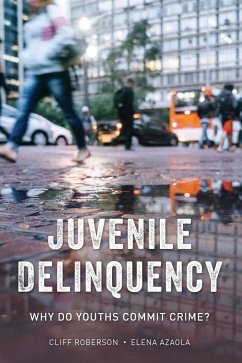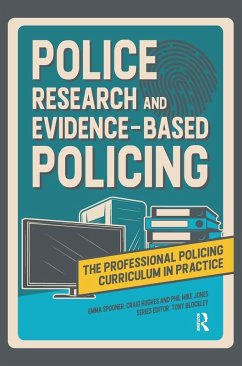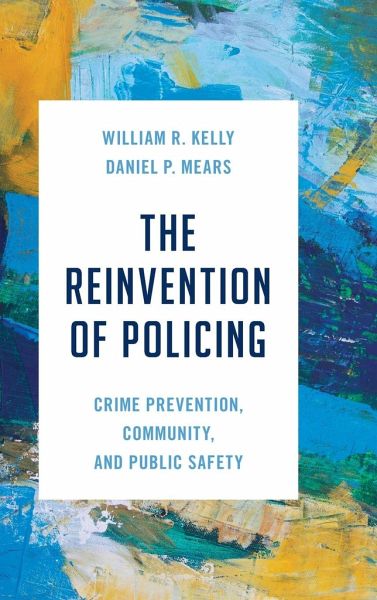
Reinvention of Policing
Crime Prevention, Community, and Public Safety
Versandkostenfrei!
Versandfertig in 1-2 Wochen
88,99 €
inkl. MwSt.
Weitere Ausgaben:

PAYBACK Punkte
44 °P sammeln!
Written in an accessible style, this book provides a historically grounded critique of American policing and offers implementable solutions, providing students a comprehensive understanding of modern policing. Contemporary policing is in crisis, a situation that has led to persistent calls to reform it. Unfortunately, many proposed solutions focus on piecemeal changes that ignore a fundamental problem-policing relies on a largely reactive approach that does not in any systematic or comprehensive way focus on crime prevention. Most of what the police do, such as responding to 911 calls for serv...
Written in an accessible style, this book provides a historically grounded critique of American policing and offers implementable solutions, providing students a comprehensive understanding of modern policing. Contemporary policing is in crisis, a situation that has led to persistent calls to reform it. Unfortunately, many proposed solutions focus on piecemeal changes that ignore a fundamental problem-policing relies on a largely reactive approach that does not in any systematic or comprehensive way focus on crime prevention. Most of what the police do, such as responding to 911 calls for service and employing directed patrols or hot spots policing, fails to address the causes of crime. Compounding this problem is the absence of any institution or agency charged with prioritizing the prevention of crime and for ensuring that police efforts support this goal. A central distinguishing feature of this book is its comprehensive approach and the emphasis on policing as part of a much broader set of changes that must occur both to improve policing and to improve public safety and justice. This approach includes retaining what works, eliminating what does not, drawing on evidence-based policy from around the world, and creating systemic changes that institutionalize better policing, accountability, and evaluation processes for ensuring that the police are effective. The Reinvention of Policing can be used in courses focused on policing policy and practice, specifically when discussing the nature of policing, how policing may reflect and contribute to inequality and injustice, or how it might improve these social problems.





